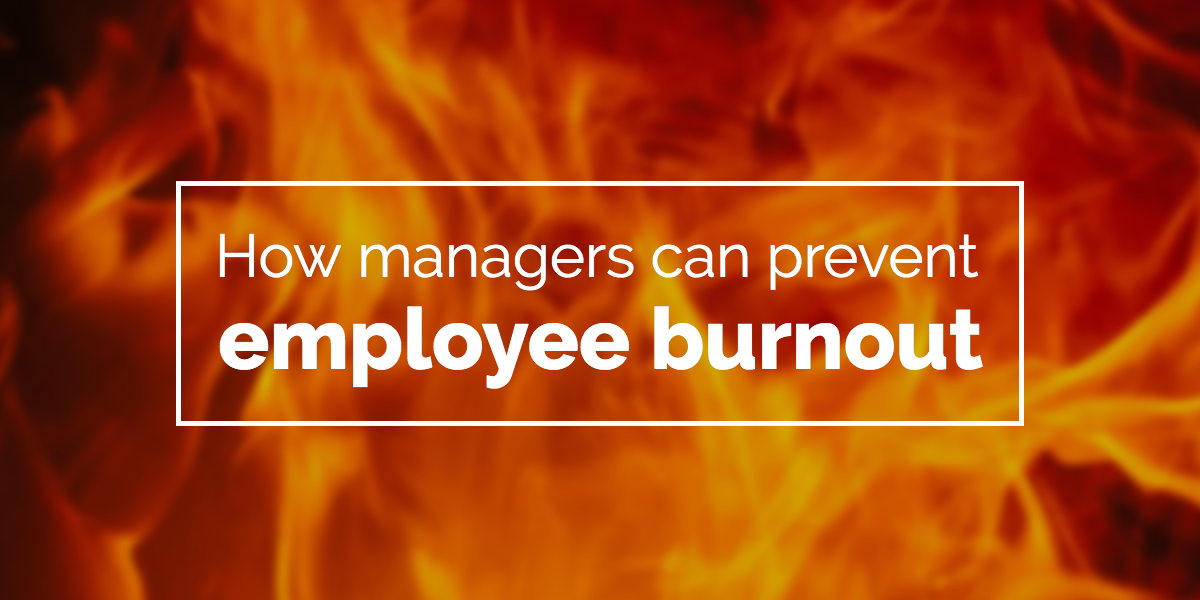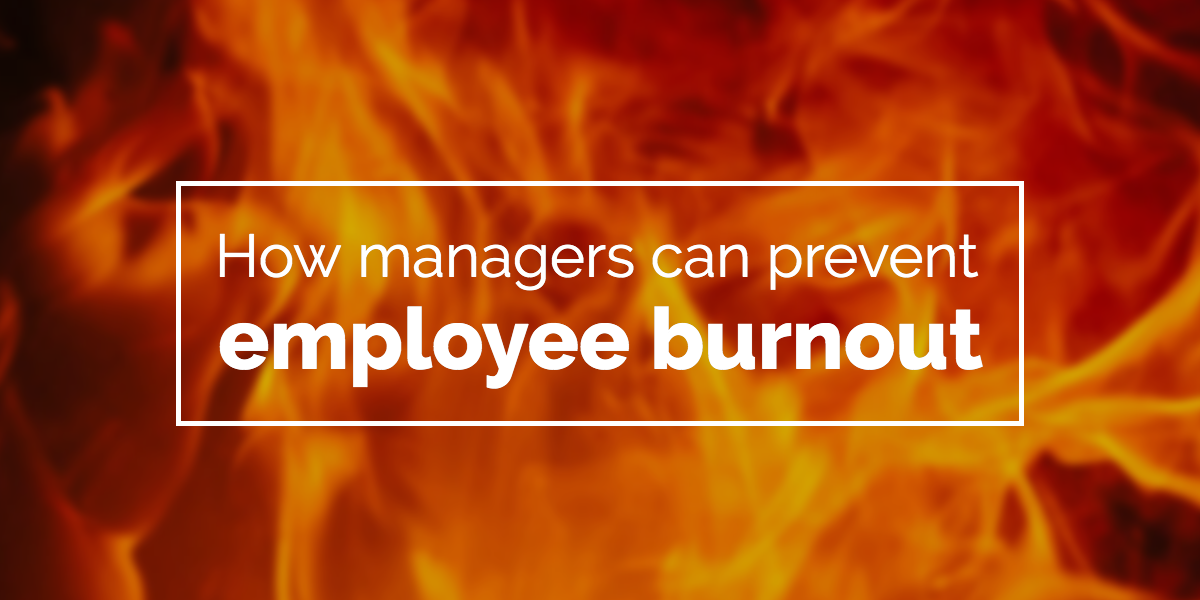
Many modern employers are focused on improving employee engagement metrics, and for good reason: high engagement is associated with greater productivity and higher morale. But when it comes to employee engagement, it’s possible to have too much of a good thing. There’s a fine line between highly-engaged employees and those who are at risk of burning out.
A 2018 study by the Yale Center for Emotional Intelligence found that 1 in 5 workers fits into the “engaged-exhausted” classification; they’re passionate about achieving success at work, but are quickly approaching burnout in pursuit of it. This can snowball into a major problem for employers. Burned-out employees suffer from anxiety and stress that can take a toll on their physical and mental health, and can also tank their ability to engage in their work.
The causes of burnout are numerous and complex, but they all tend to arise from a dysfunctional organizational culture. Like most aspects of corporate culture, widespread overexertion and burnout are a result of how company leaders behave. Employees’ understanding of what’s expected of them at work comes from what they see modeled for them by their managers and executives.
So how can managers model behaviors that result in a healthy attitude toward work— one that prioritizes work-life balance and avoids the pitfalls that lead to burnout? Here are some ways to start:
Take breaks
One of the best safeguards against burnout is time away from work. Having weekends and vacation days free— without having to think about the next big project or deadline—allows employees to rest, recharge, and enjoy time with family and friends. Managers can demonstrate a commitment to helping their reports enjoy free time by setting a good example (taking time away from work themselves), and by encouraging employees to use all their available vacation time.
Disconnect
Time away from work is only good if it’s time spent completely away from work. It’s not enough to be just physically absent; to reap the burnout-fighting benefits of vacation and weekends, employees need to be able to fully unplug from thinking about work. But with email and messaging notifications popping up with dispatches from the office, it can be tough for modern workers to take their minds off what’s happening at work while they’re gone— and what kind of mess they’ll be coming back to.
To help employees make the most of their rest time, managers need to establish a firm no-contact rule for the whole team, and they need to be disciplined about modeling it themselves. To do this, managers should avoid sending employees emails on the weekends, in the evening, or early in the morning, and they should plan to avoid all contact with anyone who’s on vacation. Additionally, they should model a commitment to this rule by not checking or responding to employee emails during those times. This will send the message that personal time is sacrosanct, and that work should be left alone during that time.
Model a flexible schedule
Minor inconveniences such as a broken appliance or a mid-day doctor’s appointment can derail a whole day for employees who are expected to work in an office setting. Having the flexibility to work from home or take an hour or two off in the middle of a workday can help employees tend to their personal needs without losing an entire day of productivity. Managers can model this behavior by occasionally taking a day to work remotely when necessary, or by taking a few hours to handle personal or family obligations during the workday as needed.
Recognize your limits
While occasional stretches of challenging work can be motivating, chronic overextension is a fast track to burnout. Employees should feel like they’re able to ask for additional help or resources to get their jobs done when needed, or to turn down requests for them to handle non-essential tasks if they’d become overwhelming.
But in order for them to know they’re allowed to push back or regulate their workloads, they need to see managers doing the same. That means managers should notice and acknowledge when they’ve bitten off more than they can chew, and then take steps to get the resources they need. They should also keep an eye out for employees who may find themselves in that position, and encourage them to speak up when they’re in over their heads.
Don’t confuse overwork with engagement
Even with the best of intentions, burnout will continue to be a problem in companies that conflate hours worked with commitment. Engagement is important, but it can come with a hefty cost. Employers should aim for the kind of employee engagement that results in productivity and high morale without leading to burnout.
Dedication to excellence does not need to come with 60-hour workweeks, or at the expense of employees’ health. The best way for employees to learn how to walk that line is for their managers and other company leaders to model a healthy balance between work and rest.
